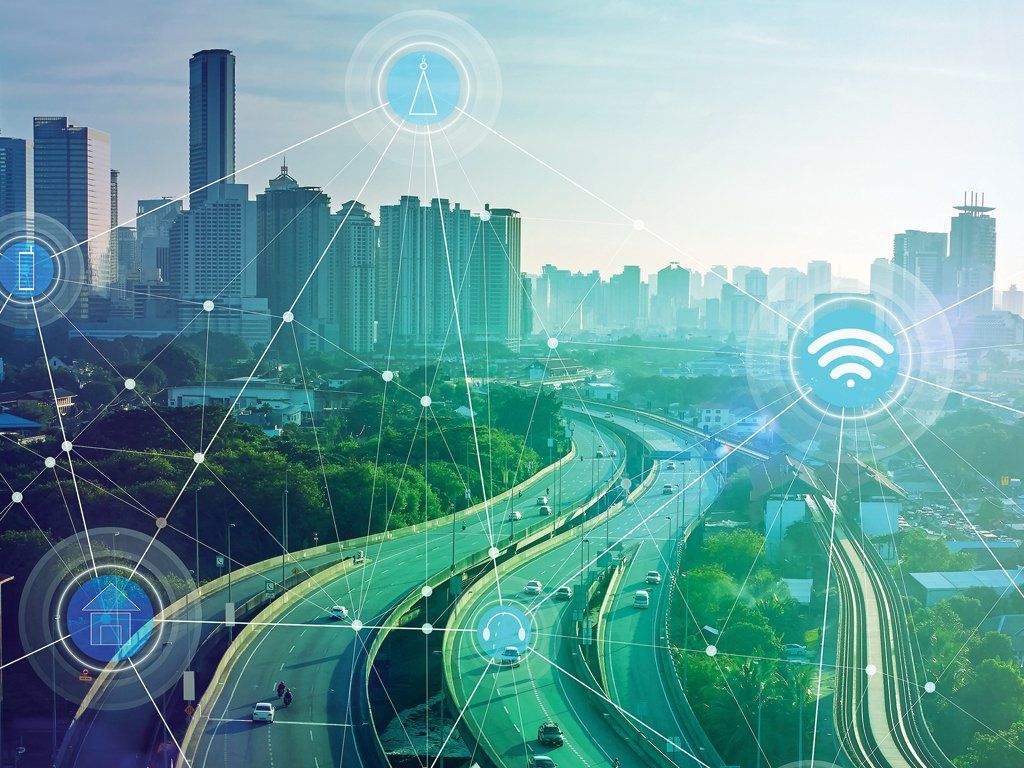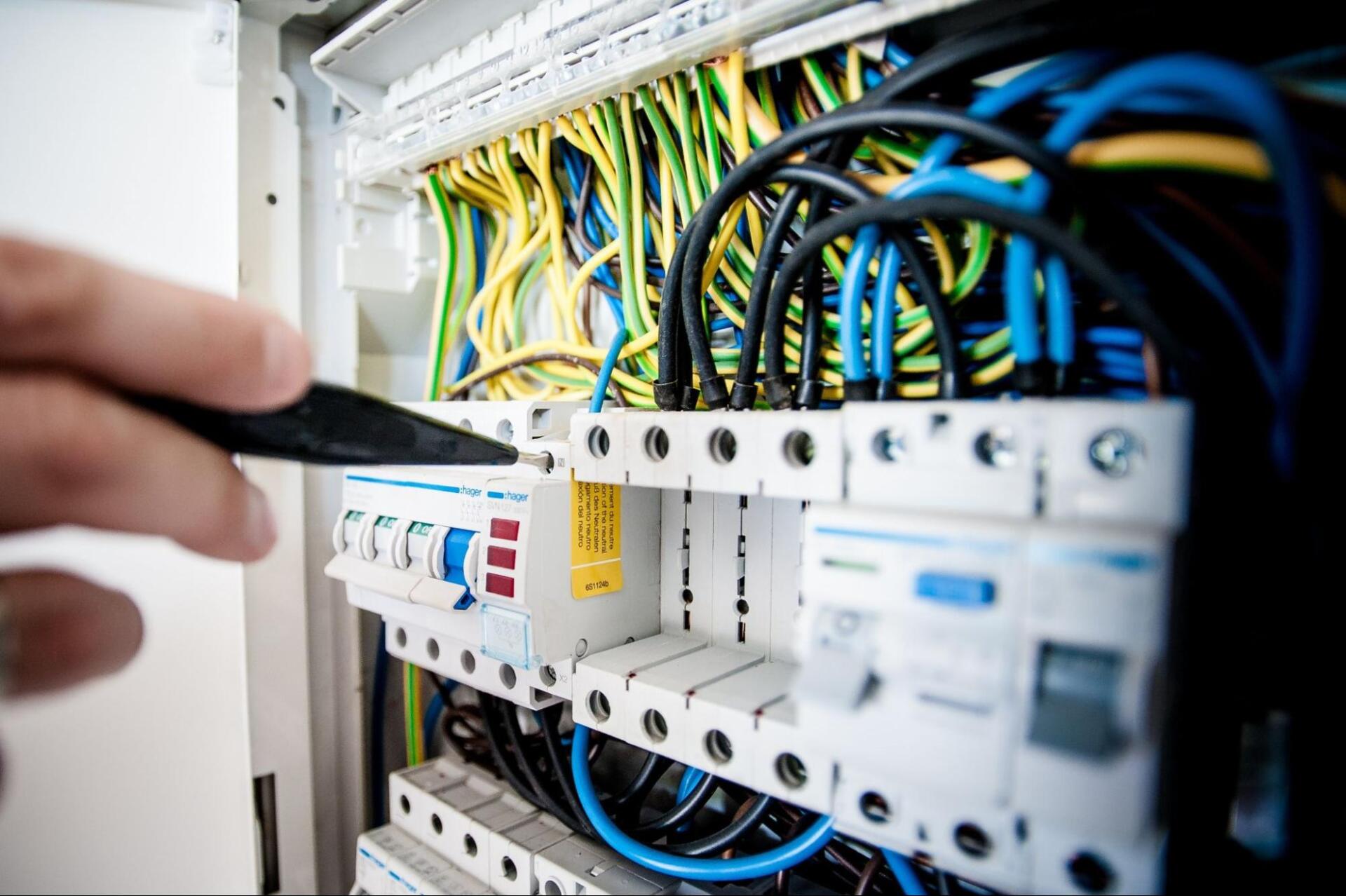The IoT and Telematics in the Logistics Sector
The logistics and transport sectors have undergone a tremendous digital transformation in the course of the last decade. The Internet of Things (IoT) has played an integral role, reinventing supply chain procedures, providing real-time data and analytics, powering predictive maintenance, and improving operational efficiency. And, of course, it has facilitated the growth of telematics. But what is actually meant by telematics, and how can it further benefit transport and logistics suppliers?
How the IoT and Telematics Can Further Support Transport and Logistics
What is telematics?
Telematics is essentially the IoT technology that deals with the machine-to-machine (M2M) communication, monitoring, tracking, and remote management of vehicles and other mobile resources. In fleet management, it has become industry standard, providing live data on both vehicle and driver performance. It facilitates faster deliveries through painless rerouting, and maximises up time with predictive vehicle maintenance.
All of these advances have rendered enormous benefits for the logistics and transport sectors. But is there more potential for this evolving tech?
Where else can telematics and the IoT support the logistics sector?
The Covid-19 pandemic hasn’t carried many benefits. But it has accelerated IoT developments massively. As more people have been driven to embrace the technology, so the price of products has come down, the infrastructure has increased, and the investment in the whole of the IoT ecosystem has skyrocketed. Consequently, new developments are being announced daily. From thumbnail sized smart sensors for cold storage monitoring, to telehealth.
In logistics, this has meant a number of things:
- Further adoption of smart city practices makes it possible to better plan and control supply chain and warehousing infrastructure and movement.
- With advanced algorithms and smart data analysis, data-driven insurance has suddenly become a viable option for fleet managers, allowing for informed decision making, policies that actually reflect real driver behaviour, and the potential for businesses to educate drivers and reward positive behaviour changes.
- The real-time monitoring of perishable goods when in transit, to reduce losses throughout the supply chain – something that is particularly relevant at a time when the world is orchestrating the large-scale movement of temperature-sensitive vaccines.
- Process automation is also very much on the agenda within transport and logistics. The automatic rerouting in response to severe weather warnings or traffic data has the potential to improve customer service and reduce driver stress.
- While the data trail provided by all IoT processes can aid in both compliance and reporting.
- Looking slightly further forward, the IoT and telematics are also playing a huge part in the development of automated commercial vehicles. They’re not quite ready to be integrated into your feel just yet. But when they do come, the whole face of logistics will change.
How to maximise the efficiency of your IoT and telematics systems
Connectivity is the be-all and end-all of the IoT. Without some form of internet connection, the system unravels. Data cannot be exchanged. Processes cannot be managed. M2M SIM have been devised specifically to overcome these issues. Latching on to the strongest available signal, rather than being tethered to a single network, M2M SIM can keep your vehicles connected wherever they are in the world.
With aggregated data, bespoke tariffs, and value-driven pricing, M2M SIM can provide your business with the flexible connectivity it needs, whenever and wherever it needs it.
The IoT and telematics work together to give transport and logistics businesses more control over their assets. Enhancing resilience and agility. As the technology advances, reactive fleet management will become a thing of the past, as a new proactive logistics sector emerges. And M2M SIM will be silently powering these developments.










